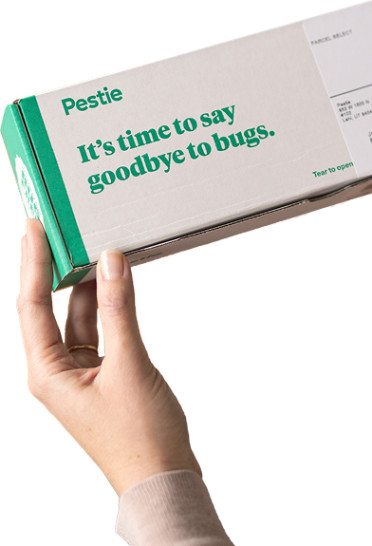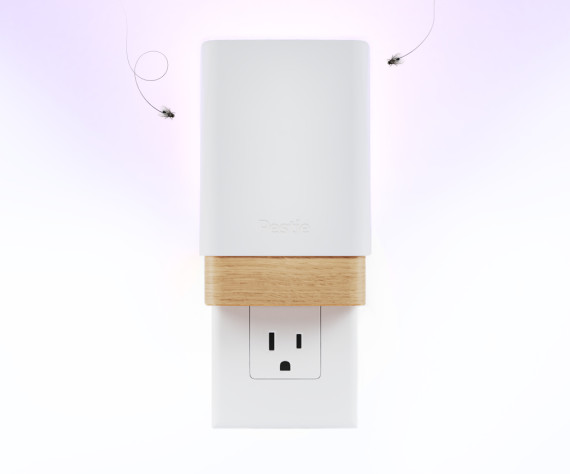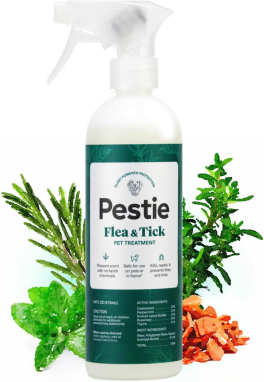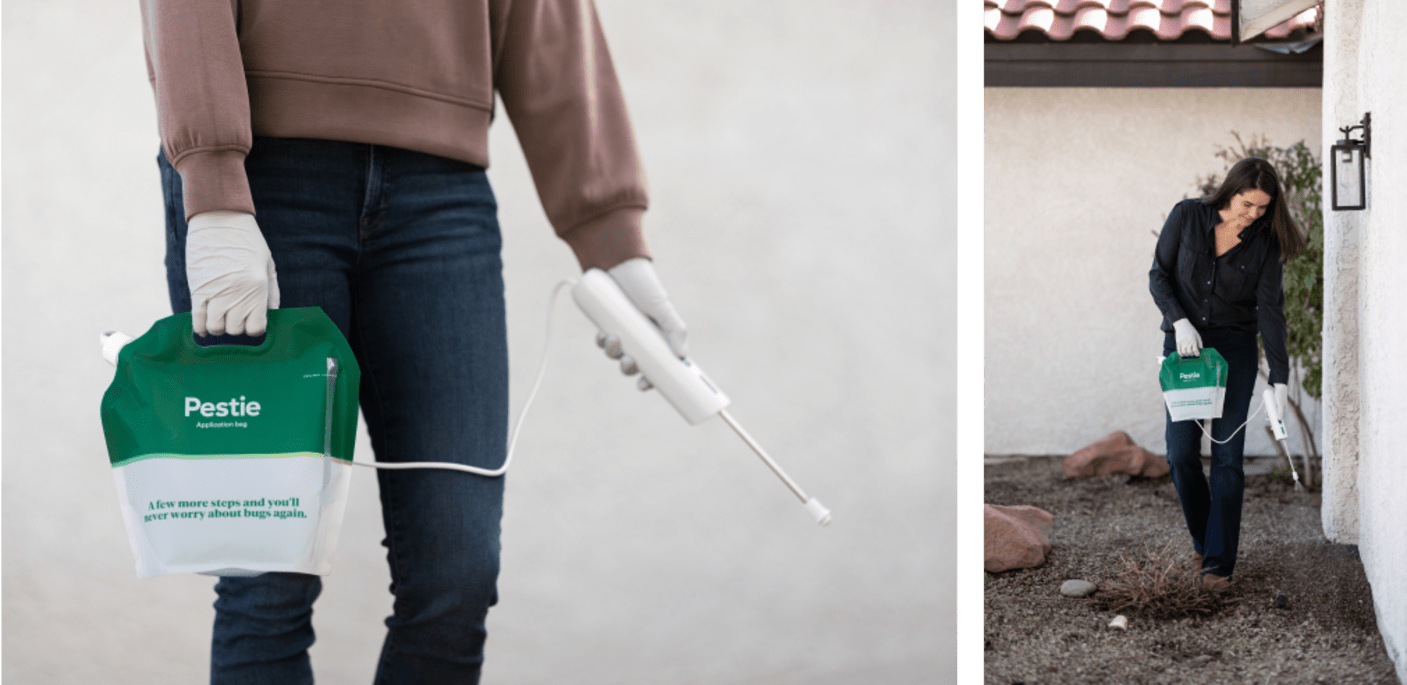How to identify and get rid of cankerworms
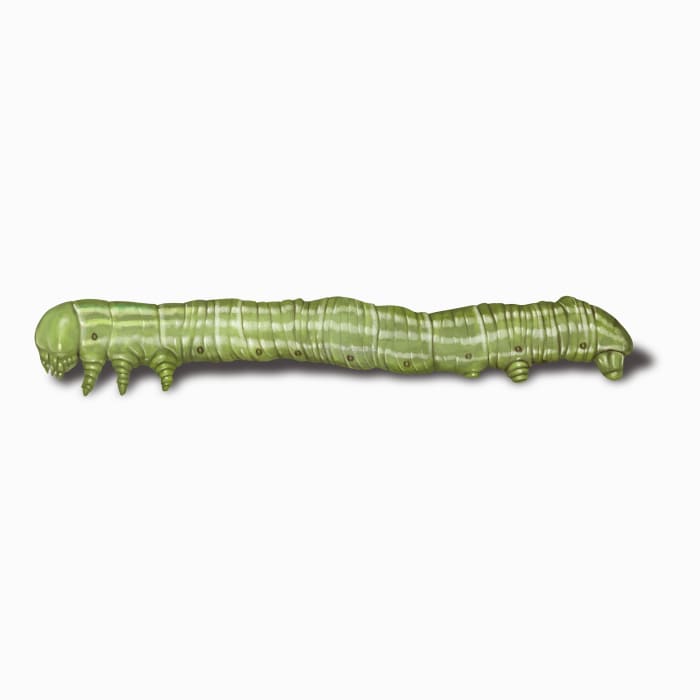
Leaf them alone: protect your trees from cankerworms!
Picture this: you’re admiring the lush greenery of your backyard when you notice something’s not quite right. Leaves are chewed up, and some trees look like they’re barely hanging on. You might just be dealing with cankerworms, a common foe for trees during the spring or fall.
These little caterpillars can cause quite a headache for any homeowner who prides themselves on their garden. Cankerworms, also known as inchworms, are the iconic caterpillar we see in media today. They fold themselves up to then stretch and inch their way along a branch or leaf.
There are two species of concern in North America: the fall and spring cankerworm. If their numbers are high enough, they can easily defoliate young trees, including elm, apple, oak, maple, hackberry, ash, and many more tree species.
Cankerworms go through a cycle of high populations for 2-7 years, followed by a population crash for 13-18 years. This can make it seem like the population has exploded overnight. However, because of Dutch elm disease, there are fewer elm trees in urban and rural settings, and that has prevented too many outbreaks over the years.
How to identify cankerworms
Cankerworms are easily recognized by their inchworm-like movement, where they loop their bodies as they crawl, earning them the nickname “inchworms.” These pests are about an inch long and can be green or brown, allowing them to camouflage seamlessly with the foliage they feed on.
Spring cankerworms will have two pairs of “fake” legs or prolegs near the end of their body, while fall cankerworms will have three.
Signs of an infestation include noticeable chewing damage on the edges of leaves, leading to defoliation in severe cases. During heavy infestations, these caterpillars might also dangle from trees on silk threads, especially in the spring. They are similar in color to a beet armyworm with the greenish color.
How big are cankerworms?
Cankerworms can grow up to 1 inch long.
Where do cankerworms live?
They can be found throughout the United States, especially in deciduous forests. They are rarely found inside homes but can be on urban trees.
How to get rid of cankerworms
Cankerworms can be difficult to eliminate in a forest setting, but they are manageable for trees in your yard. Fully mature trees can suffer damage for up to three years before they start to weaken. However, younger trees may be more susceptible.
Here are a few ways you can prevent cankerworms from taking over:
- Band trees: Wrap sticky bands around the trunks in early spring to catch females climbing to lay eggs.
- Remove egg masses: Scrape off egg masses from tree bark during winter.
- Encourage natural predators: Birds, beetles, and spiders are natural predators of cankerworms.
- Prune affected limbs: This can help reduce the population on individual trees.
- Try a solution like Pestie to keep them out of your home!
Treat cankerworms with Pestie
If you're still having trouble keeping cankerworms away, the best option is to use a pro-grade, effective pest control solution like Pestie.
Pestie is a do-it-yourself pest control solution that's specially designed to keep cankerworms and other pests away from your home.
With Pestie, you can rest easy knowing that your living space is protected and free of creepy crawlies. And the best part? It's designed for people, pets, and the planet, so you can say goodbye to harsh chemicals and hello to peace of mind!
- Save hundreds compared to traditional annual pest plans
- People, pet, and planet-friendly
- Pro-grade customized formulas
Quick facts
- Scientific name
Alsophila Pometaria (Fall Cankerworm)
- Other common names
Inchworms, Geometer Moths, Fall Cankerworms
- Colors
Green and brown
- Life span
2-6 weeks
- Diet
Deciduous tree leaves
How dangerous are Cankerworms?
Low danger risk
Cankerworms don’t cause any diseases or problems for humans.
There is a carnivorous species of cankerworm in Hawaii. It eats other insects that get too close!

